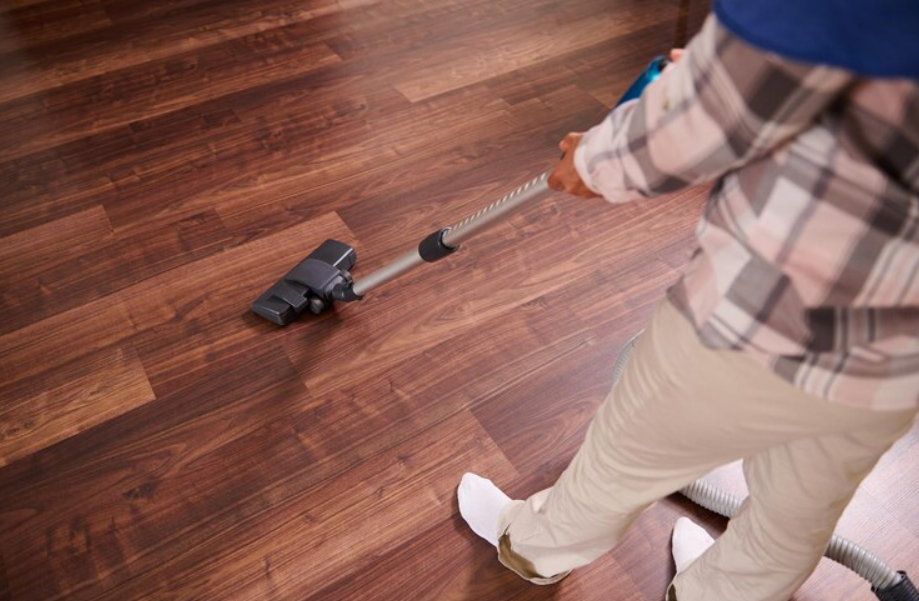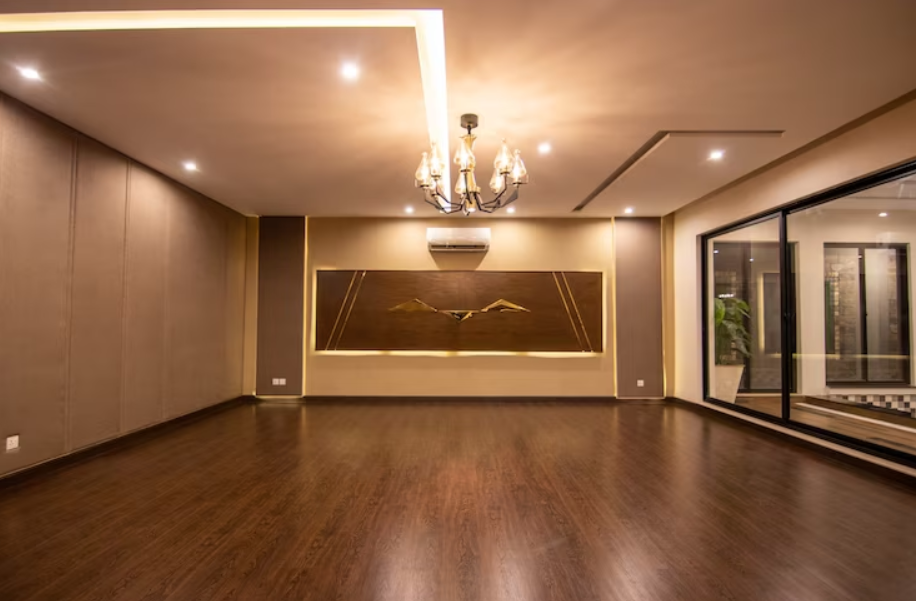Engineered hardwood floors are a popular choice for homeowners due to their durability, versatility, and timeless appeal. Proper maintenance is crucial to preserve their beauty and ensure they stand the test of time. In this comprehensive guide, we will explore effective tips and tricks for Maintaining and caring for Your Engineered Hardwood Floors.
Regular Cleaning Routine
One of the fundamental aspects of maintaining engineered hardwood floors is establishing a consistent cleaning routine. Here’s a step-by-step guide to ensure proper cleanliness:
a. Dust Removal: Start by dry dusting or sweeping the floor regularly to remove dirt, dust, and debris. This prevents scratches and minimizes the risk of surface damage.
b. Microfiber Mops: Use a microfiber mop for a deeper clean. Dampen the mop with a pH-neutral hardwood floor cleaner, ensuring it is specifically designed for engineered wood.
c. Avoid Excessive Water: Engineered hardwood is more resistant to moisture than solid wood, but excessive water can still cause damage. Always wring out the mop thoroughly and clean up spills promptly.
Protective Measures
a. Area Rugs and Mats: Place area rugs and mats strategically in high-traffic areas, near entryways, and in front of kitchen sinks. This helps protect the floor from scratches, dents, and moisture.
b. Furniture Pads: Attach felt or rubber pads to the legs of furniture to prevent scratches and dents when moving or rearranging items.
c. Avoid High Heels and Sharp Objects: Encourage family members and guests to remove high-heeled shoes before walking on the engineered hardwood floors. Additionally, keep sharp objects, such as pet claws, in check to prevent scratches.
Temperature and Humidity Control
a. Maintain Consistent Indoor Conditions: Fluctuations in temperature and humidity levels can impact the stability of engineered hardwood. Use a humidifier in dry seasons and ensure good ventilation in humid conditions to maintain an optimal environment.
b. Avoid Extreme Conditions: Engineered hardwood is less prone to expansion and contraction than solid wood, but extreme conditions can still affect its performance. Avoid installing it in areas with extreme temperature changes, such as unheated basements.
Preventative Maintenance
a. Regular Inspection: Periodically inspect your engineered hardwood floors for any signs of damage, such as scratches, dents, or gaps. Address issues promptly to prevent them from worsening.
b. Professional Cleaning and Maintenance: Consider professional cleaning and maintenance services periodically to address deep-seated dirt and maintain the luster of your floors.
Refinishing and Repair
a. Surface Repair: In case of minor scratches or dents, consider using wood filler or touch-up kits that match the color of your engineered hardwood.
b. Professional Refinishing: If the floors show signs of extensive wear, consult with a professional for refinishing options. This process involves sanding and reapplying a protective finish to revitalize the appearance of the floors.
Conclusion: How to Maintain and Care for Your Engineered Hardwood Floors: Tips and Tricks
By following these tips and tricks, you can ensure that you’re Maintaining and caring for Your Engineered Hardwood Floors to remain a timeless and elegant feature in your home. Regular cleaning, protective measures, controlling environmental conditions, and proactive maintenance are key components of a successful care routine. With proper attention, your engineered hardwood floors can retain their beauty and durability for years to come.



